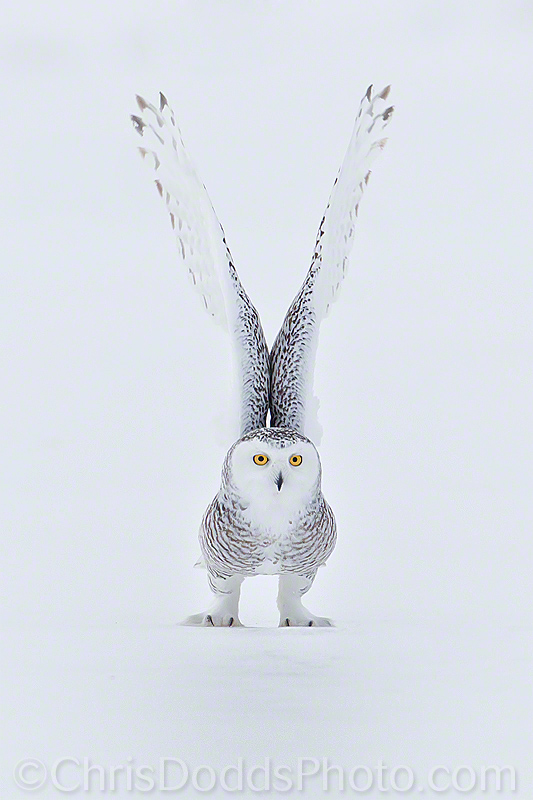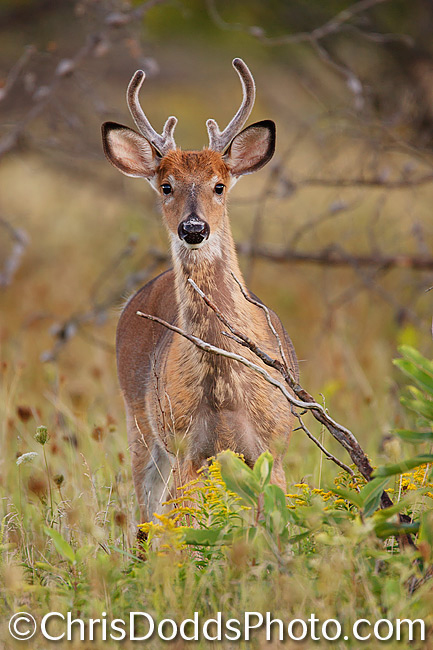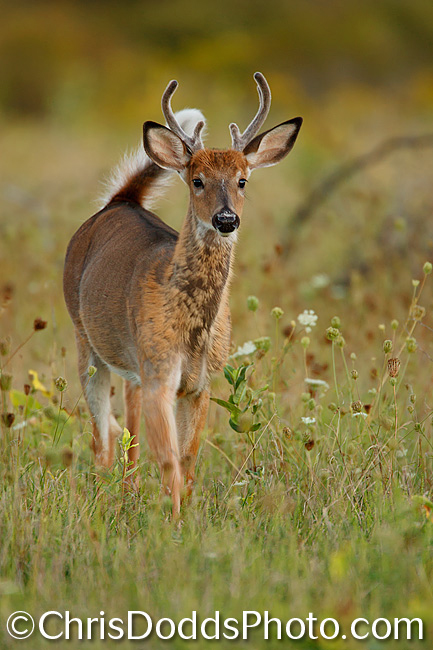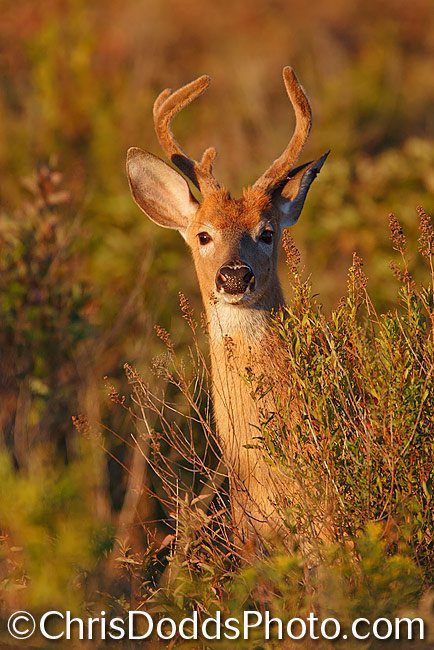
Canadian nature photographer and author of www.NaturePhotographyBlog.com, Christopher Dodds reviews The Jobu Pro 2 (BWG-PRO2B) during a winter blizzard while on location photographing Snowy Owls in Canada. SAVE 15% at www.jobu-design.com by using the discount coupon code "NATURE" at the check-out.
It's no secret that I use and continue to love my ultra light weight and compact Jobu Jr. 3 Gimbal Head, so it was a challenge to give the new Jobu PRO 2 Gimbal Head a test during my last Snowy Owl Workshop/Safari. Let me explain: This whole Jobu "Love-fest" started without my knowing it about five years ago when I was visiting a photography trade show in Montreal. I came across the Jobu Design stand and met the company's founder, owner and product designer/engineer, Ian. We spoke briefly, and Ian was quite taken aback when I suggested that he incorporate sealed bearings into the design of his Gimbal Heads on both the horizontal and vertical axis; the kind that are mass produced, relatively inexpensive and proven to perform in the worst wet and muddy conditions by the mountain bike industry. I remember the conversation as being quite short, and Ian probably wondering to himself who I thought I was.
Fast forward to January 2011, and Ian sent an email reminding me of the suggestion to include bearings, and asking if I would have a look at some of his offerings. I remember getting my hands on the Jobu Pro then, and loving it, but as I continued to unpack the box I put everything aside once I got to the Jobu Jr. 3 and have been using it and loving it since.
Several weeks ago, Ian asked me to have another look at the new and improved Jobu Pro 2 (the Jobu BWG-PRO2), and I agreed to give it a test during my last Winter Snowy Owl Workshop/safari. I asked Ian why the Pro 2; "The typical user of the Pro2 has a big tripod and big glass, and doesn’t necessarily care about overall weight. We designed it for 600mm F4 and 300-800mm zooms originally as we felt that the focal lengths that people were shooting at nowadays (like 2000+mm in some cases) warranted a much sturdier mount to reduce vibrations. Overall, the head is fundamentally the same size/weight as other leading gimbals on the market (yes it LOOKS bigger, but it’s not!), although we believe we beat it in features such as ball bearings, lockout, stiffness and overall smoothness. Not to mention, this unit is completely water and dust proof in design with sealed bearings (as compared to exposed roller bearings in most other gimbals on the market). Make sure to throw in the tidbit that you had mentioned we should try bearings in the product when we met years ago in Montreal!!!"
Will I switch to the JOBU PRO 2? Yes & no; I will continue to use the Jobu Jr. 3 when travelling and weight & size is an issue or when carrying my camera around on my shoulder during migration, etc., but I will add the JOBU PRO 2 to my kit when shooting near my car - it's simply so smooth and solid to ignore!
SAVE 15% on any purchase @ www.jobu-design.com by using the coupon code "NATURE" at the checkout.


